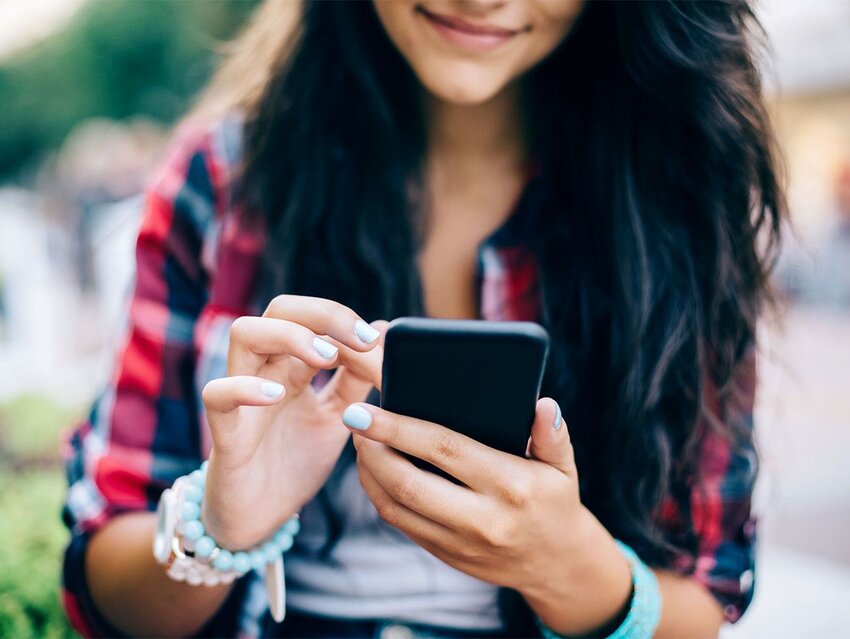Whether it’s a work email, a text message, or a social media post, written communication has to do a lot of work. Without seeing someone’s face, hearing their voice, or catching their body language, tone can easily get lost. One way to mitigate that is by using an emoji. Beyond a simple sideways smiley face typed with a colon, dash, and a parenthesis — :-) — an emoji can add a range of emotion, tone, and hidden meanings. But where did these digital images come from? Who decides what becomes an emoji? And how do they get developed?
A Brief History of the Emoji
The word “emoji” (which is also its plural) is made of two Japanese words: e and moji, which translate to “picture character.” They were first introduced in the late 1990s by Japanese phone company NTT Docomo; users could choose from 176 picture characters to add to their pager messages. They could send a message and add their astrological sign or cheers with a martini glass. However, these first emoji, designed by engineer Shigetaka Kurita, were limited to six colors on a 12 by 12 pixel grid, and none of the pictures were faces. The “emotions” were limited to a simple heart.
Since the first set of emoji were created, smartphones exploded in popularity, and so has the usefulness and range of emoji. Over 2,700 available emoji, including a variety of people and smiley faces add nuance and fun to digital messages across almost all platforms. In 2011 Apple introduced an emoji keyboard on its devices, and Google followed suit in 2013.
Despite the growing number of emoji, the pictures are still limited. Until recently, female doctors couldn’t find themselves in the “doctor” emoji, which were all styled to look like men. And folks of different racial backgrounds expressed frustration that once faces were added to the emoji database, all of the people seemed to be white (or yellow). In 2019, Apple released new emoji that let users adjust the skin tones of the emoji and added more diversity and inclusive images.
But where do these new emoji begin? And who decides what new emojis will be released next?
Who Creates New Emoji?
It’s less of a “who” and more of a “what” — the Unicode Consortium includes 12 organizations, including IBM, Apple, Google, Microsoft, Facebook, and Netflix. They gather to review new emoji applications.
Yes, anyone can submit an application for a new emoji. Applications need to include a full proposal and an image of what the emoji could look like. There are also a few “don'ts'' in the world of emoji creation. The Unicode Consortium won’t approve emoji that include deities, landmarks, brands, or specific people (living, dead, or fictional). Some emoji currently under consideration include a beet, Bigfoot, and binoculars. A member of the committee has revealed that “atomic” emoji (meaning singular forms that can be combined with others for additional context) have a likelier chance of approval — for example, a skateboard is more appropriate than a skateboarder.
Even after new emoji are introduced into the digital lexicon, their meaning can shift. Take the crying laugh face emoji 😂. It used to be the quickest way to signal you were laughing so hard you were crying. It was so popular it earned the title of Word of the Year in 2015. But a new emoji has come along to replace it. The skull emoji 💀 now implies “dying from laughter” (or frustration). It wasn’t the Consortium, but users who caused this shift. Even emoji can’t escape changing language use.
Since the first introduction of emoji over 20 years ago, they have become ubiquitous. What’s your favorite?
Featured photo credit: martin-dm/ iStock

